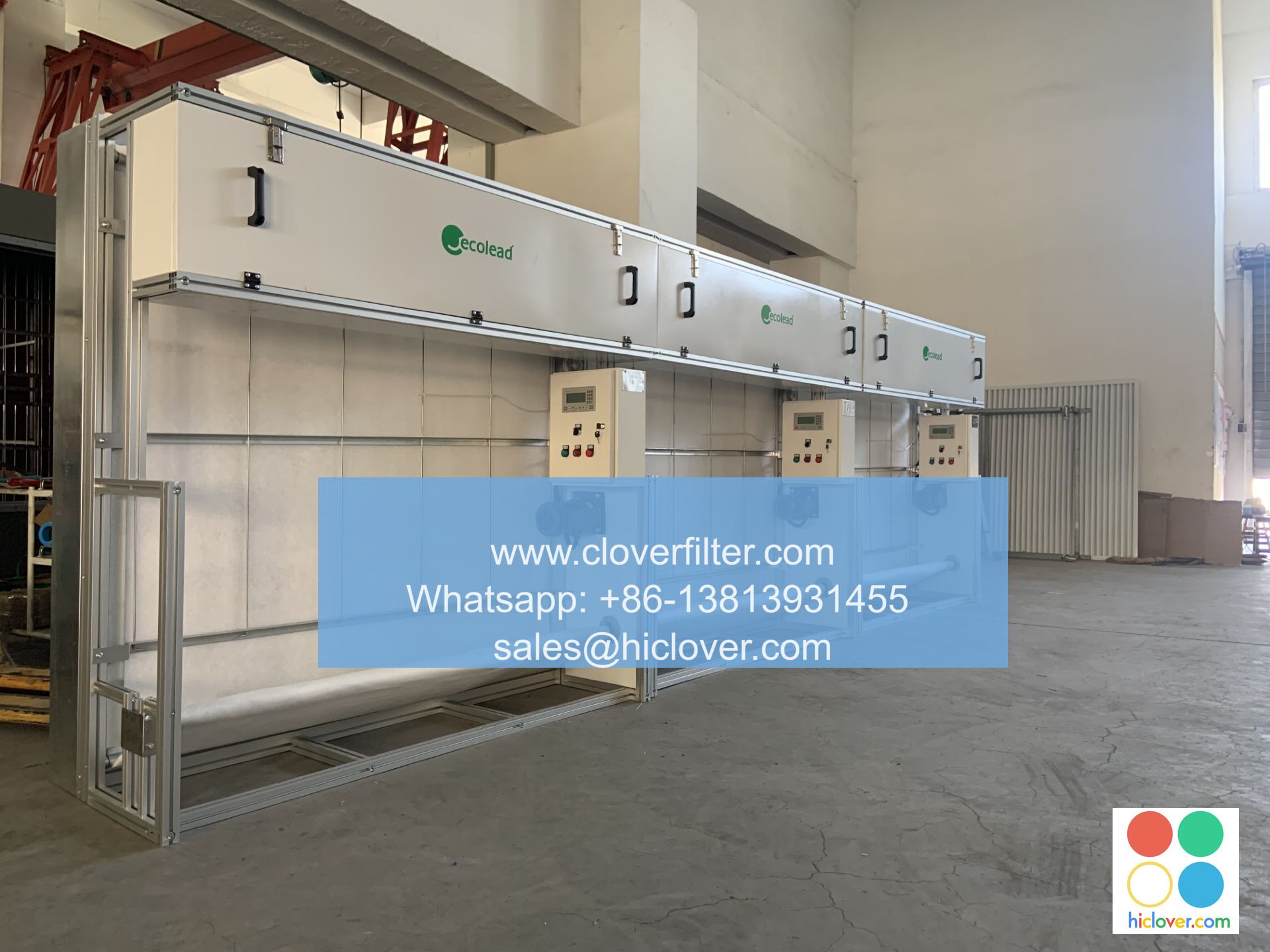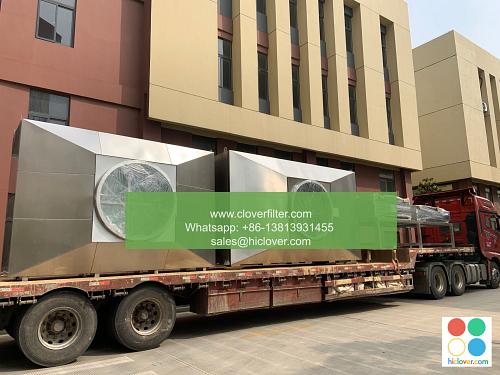The Role of Automatic Roll Air Filters in Reducing Airborne Contaminants in Alberta Oil and Gas Facilities

The oil and gas industry in Alberta is a significant contributor to the province’s economy, with numerous facilities operating throughout the region. However, these facilities can also generate significant amounts of airborne contaminants, posing a risk to the health and safety of workers, as well as the environment. To mitigate this risk, many oil and gas facilities in Alberta are turning to automatic roll air filters as a key component of their air quality management systems.
Automatic roll air filters are designed to capture airborne contaminants, such as dust, particulate matter, and other pollutants, before they can enter the facility’s air supply. These filters are typically installed in the facility’s HVAC system and are designed to automatically roll out new filter media as the old media becomes saturated with contaminants. This ensures that the facility’s air remains clean and free of pollutants, reducing the risk of health problems and environmental damage.
The use of automatic roll air filters in Alberta oil and gas facilities offers several benefits. Firstly, they are highly effective at capturing airborne contaminants, with some systems capable of removing up to 99.97% of particles as small as 0.3 microns. This makes them an essential tool for facilities that handle hazardous materials or generate large amounts of dust and particulate matter. Secondly, automatic roll air filters are relatively low maintenance, as they can be programmed to automatically roll out new filter media at set intervals, reducing the need for manual intervention. Finally, these filters can help to reduce energy costs, as they can improve the overall efficiency of the facility’s HVAC system.
In addition to the benefits mentioned above, automatic roll air filters can also play a critical role in reducing the risk of explosions and fires in oil and gas facilities. Many of these facilities handle flammable materials, and the presence of airborne contaminants can increase the risk of ignition. By capturing these contaminants, automatic roll air filters can help to reduce the risk of explosions and fires, protecting workers and equipment.
The implementation of automatic roll air filters in Alberta oil and gas facilities is also supported by regulatory requirements. The Alberta government has established strict guidelines for air quality management in the oil and gas industry, and the use of automatic roll air filters can help facilities to meet these requirements. Additionally, many facilities are subject to international standards and certifications, such as ISO 14001, which require the implementation of effective air quality management systems.
Despite the many benefits of automatic roll air filters, there are also some challenges associated with their implementation. Firstly, the initial cost of installation can be high, although this can be offset by the long-term savings in energy and maintenance costs. Secondly, the filters require regular maintenance to ensure they are functioning effectively, and this can add to the overall cost of ownership. Finally, the disposal of used filter media must be carried out in accordance with regulatory requirements, which can add to the complexity of implementation.
In conclusion, automatic roll air filters play a critical role in reducing airborne contaminants in Alberta oil and gas facilities. Their effectiveness, low maintenance requirements, and ability to reduce energy costs make them an essential component of any air quality management system. While there are some challenges associated with their implementation, the benefits far outweigh the costs, and their use is supported by regulatory requirements and international standards.
Frequently Asked Questions
Q: What are automatic roll air filters, and how do they work?
A: Automatic roll air filters are designed to capture airborne contaminants, such as dust, particulate matter, and other pollutants, before they can enter the facility’s air supply. They work by automatically rolling out new filter media as the old media becomes saturated with contaminants.
Q: What are the benefits of using automatic roll air filters in oil and gas facilities?
A: The benefits of using automatic roll air filters in oil and gas facilities include their high effectiveness at capturing airborne contaminants, low maintenance requirements, and ability to reduce energy costs.
Q: Are automatic roll air filters required by regulatory requirements?
A: Yes, the use of automatic roll air filters is supported by regulatory requirements, such as those established by the Alberta government, and international standards, such as ISO 14001.
Q: How often do automatic roll air filters need to be maintained?
A: Automatic roll air filters require regular maintenance to ensure they are functioning effectively, although the frequency of maintenance will depend on the specific system and usage.
Q: What happens to the used filter media from automatic roll air filters?
A: The disposal of used filter media from automatic roll air filters must be carried out in accordance with regulatory requirements, which can add to the complexity of implementation.

